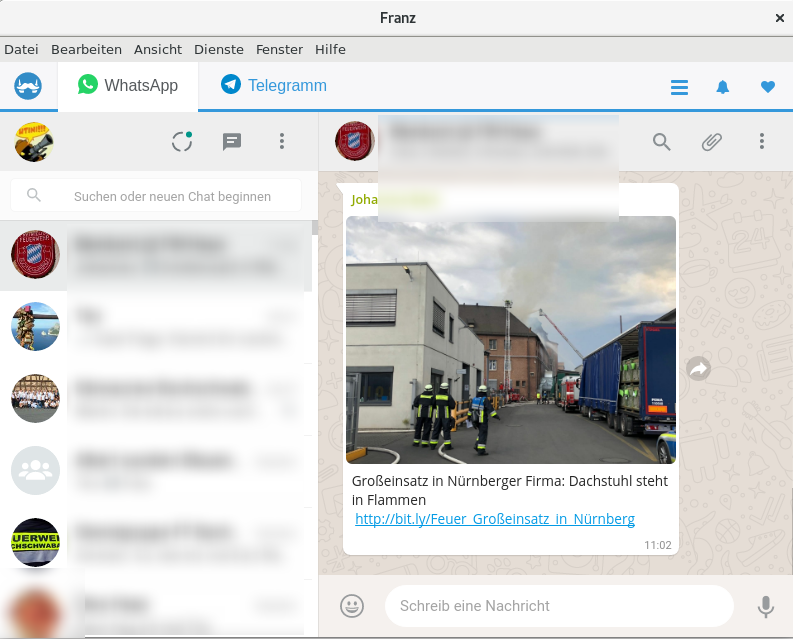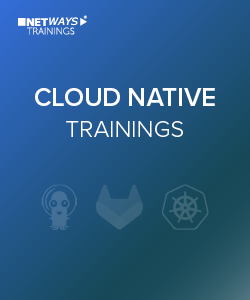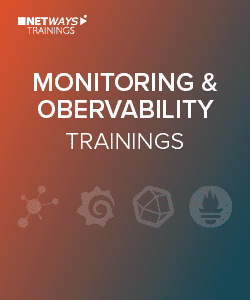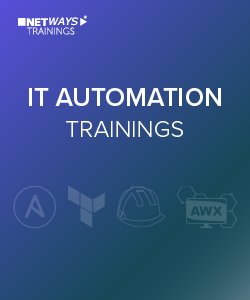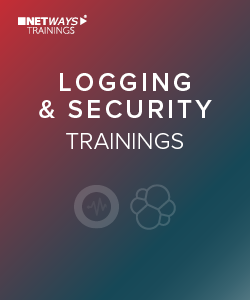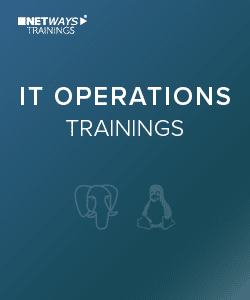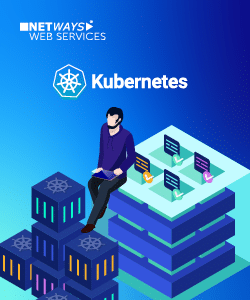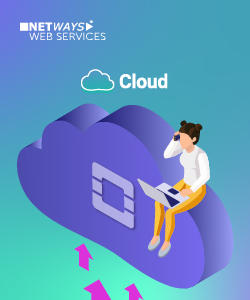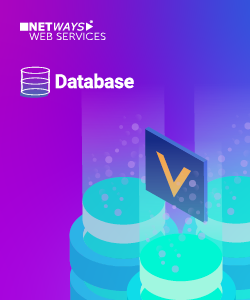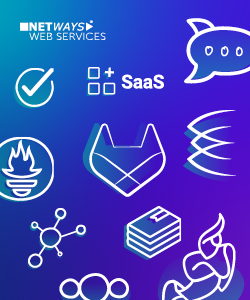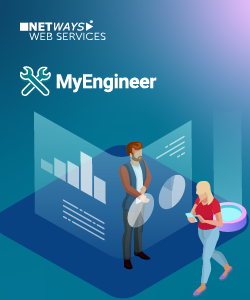Vor etwa einem halben Jahr stand der Autor im Kontakt mit einer lokalen Metzgerei im Vorwahlbereich 0911. Es ging um leckere Weißwürste mit ebenso leckeren Brezen.
Diese wurden geliefert und NETWAYS-typisch mit vollem Einsatz verzehrt.
Wir nehmen an, es wäre Mittwoch, 20.02.19, 09:19. Emaileingang am persönlichen Postfach:

Erstmal verblüffend:
a) Ich hatte keine Rechnungskopie angefordert.
b) Der Absender hat nichts mit der Metzgerei meines Vertrauens zu tun – die zensierte Emailadresse in der Signatur wäre allerdings korrekt.
c) Die Vorwahl in der Signatur zeigt ins Nirvana
Nun gut, aber man will ja ein verlässlicher Geschäftspartner sein, eventuell liegt es ja nur am “von meinem Samsung gesendet”?
Also klicken wir fröhlich den Link und landen auf einer Seite aus Beheshti Avenue,Tehra,1577837414,Iran??
Außerdem wird eine .doc-Datei angeboten. Auch die kleinste Metzgerei hat es mittlerweile hinbekommen, Rechnungen per pdf zu verschicken.
Aber gut, schauen wir doch mal, was LibreOffice damit so anfängt:
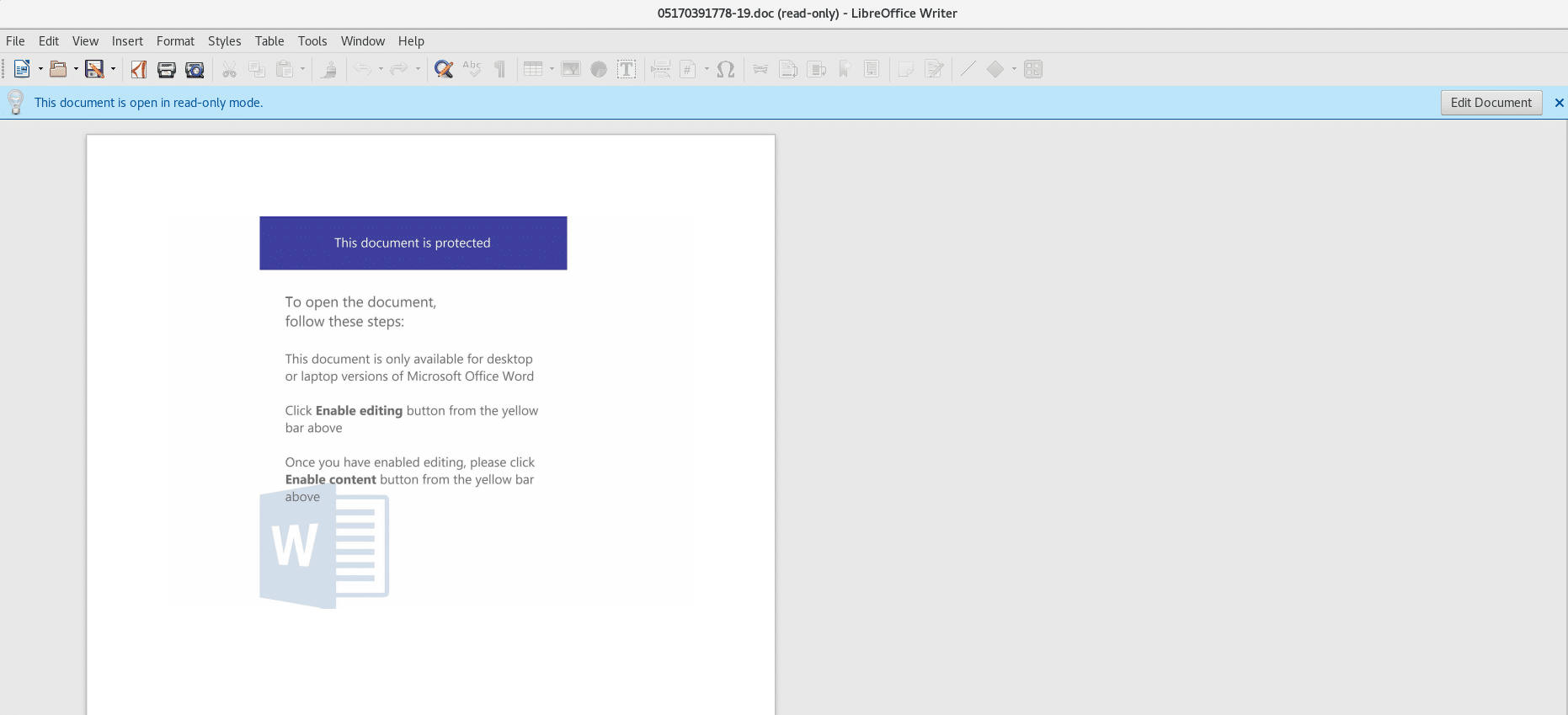
Hier habe ich dann das Experiment abgebrochen.
Es waren zuvor schon viele “Red Flags”, die einen aufmerksamen Emailbenutzer stutzig machen sollten.
Und im Zweifelsfall kann man seinen Geschäftskontakt auch schlicht anrufen, wenn man denn auf Nummer Sicher gehen will.
Wer sich weitere Beispiele anschauen möchte, kann bspw. hier klicken.
edit (TA): typos



 (
(